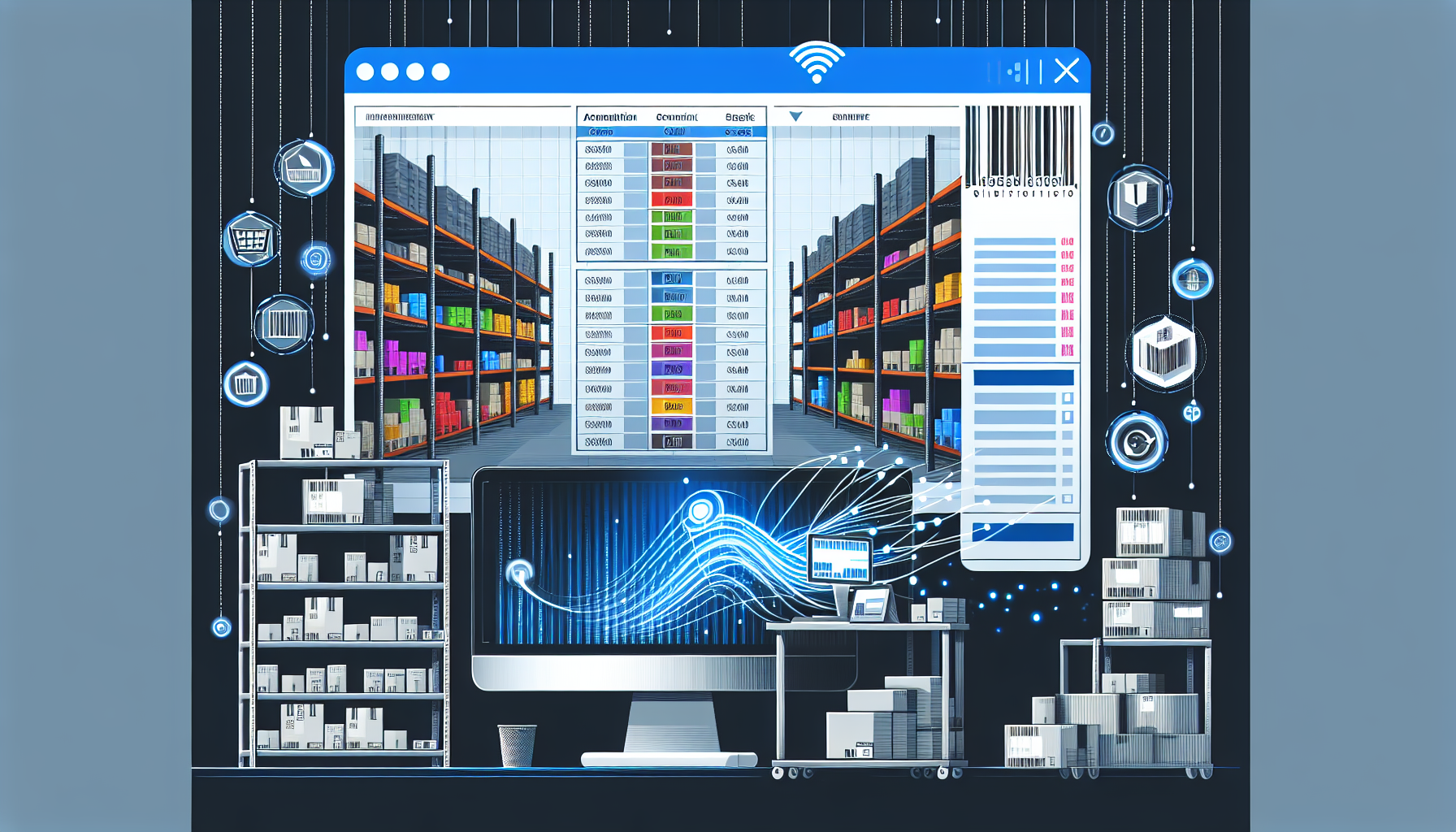Understanding Inventory Management for Online Retailers
Effective inventory management is crucial for online retailers. By automating inventory processes, businesses can streamline operations, reduce human error, and gain real-time insights into stock levels. This guide will explore the paramount importance of automation in inventory management and provide actionable insights for retailers.
The Critical Importance of Automation in Inventory Management
Online retailers face unique challenges, such as fluctuating demand, diverse product ranges, and the need for round-the-clock operation. Manual inventory processes lead to inefficiency, wasted resources, and potential loss of sales. Here are the key benefits of automating inventory management:
-
Real-Time Tracking: Automated systems enable real-time tracking of inventory, which helps retailers respond promptly to trends and restock popular items efficiently.
-
Reduced Errors: Manual inventory management is prone to human errors. Automation minimizes inaccuracies that can escalate into significant losses over time.
-
Time Efficiency: By automating mundane tasks such as stock counting and data entry, employees can focus on strategic initiatives that drive sales and customer satisfaction.
-
Data-Driven Decisions: Automated inventory systems provide critical data analytics that can guide business strategies, informing decisions on purchasing, pricing, and stock levels.
Key Features of an Automated Inventory Management System
When selecting an automated inventory management system (AIMS), retailers should look for specific features that cater to their needs:
-
Integration Capabilities: Ensure the AIMS integrates seamlessly with existing platforms such as e-commerce sites, POS systems, and supply chain management tools.
-
Barcode Scanning: Automating entry and tracking through barcode scanning speeds up processes and enhances accuracy.
-
Real-Time Analytics: Built-in analytics should provide insights into inventory performance, allowing retailers to spot trends and make informed decisions.
-
Order Management: The system should automate order processing, from purchase orders to order fulfillment, ensuring a smooth flow of goods.
-
Multi-Channel Support: For those selling on various platforms, the AIMS must manage inventory across multiple channels without overlaps.
Steps to Implement Automated Inventory Management
-
Assess Current Processes: Conduct an inventory audit to identify inefficiencies in the current system before transitioning to automation.
-
Choose the Right Software: Evaluate multiple AIMS providers based on features, user reviews, and pricing. Popular solutions like TradeGecko, Cin7, and Zoho Inventory are excellent starting points.
-
Integration Setup: Ensure your AIMS works with your existing e-commerce platforms (Shopify, Amazon, eBay) and accounting software (QuickBooks, Xero).
-
Data Migration: Import existing inventory data into the new system, ensuring records are accurate and organized.
-
Train Staff: Provide training sessions for employees to familiarize them with the AIMS. Consider ongoing support to resolve potential teething issues.
-
Monitor and Optimize: Once the system is live, regularly monitor its performance and optimize settings based on sales trends and customer behavior.
Choosing the Right Technology
When automating inventory management, consider the following technologies:
-
Cloud-Based Systems: Opt for cloud solutions that provide flexibility and accessibility for remote teams. These systems typically offer automatic updates and backups.
-
IoT Integration: Internet of Things (IoT) solutions, such as smart shelves and inventory sensors, can provide real-time data about stock levels, enabling seamless inventory management.
-
Artificial Intelligence: AI-powered tools can forecast trends, automate reordering, and provide more personalized customer service by managing stock according to predicted demand.
Key Metrics to Monitor
To maximize the benefits of an automated inventory management system, online retailers should regularly monitor specific metrics:
-
Inventory Turnover Rate: This measures how quickly inventory sells and is replaced over a certain period, providing insight into inventory efficiency.
-
Stockout Rate: This metric indicates the frequency of running out of stock for specific items, helping retailers manage replenishment more effectively.
-
Carrying Costs: Evaluating the total cost of holding inventory, including storage, insurance, and depreciation, assists businesses in minimizing overhead.
-
Lead Time: Tracking the time taken from placing an order to receiving stock can help retailers optimize supply chain efficiency.
Best Practices for Maintaining an Automated System
-
Regular Audits: Conduct routine audits to ensure stock records align with physical inventory and rectify discrepancies swiftly.
-
Update Assortment: Regularly review your product assortment based on performance analytics; discontinue underperforming items and introduce new products as trends shift.
-
Adjust Reorder Levels: Modify reorder levels based on seasonal demand and market trends to avoid overstocking and stockouts.
-
Leverage Mobile Access: Use mobile applications for real-time inventory management on the go, allowing your team to be agile and responsive.
-
Continuous Training: As technology evolves, provide ongoing training for staff to maximize the use of updated features and functionalities.
Common Automation Pitfalls and Their Solutions
Pitfall 1: Underestimating Software Complexity
Solution: Prioritize user-friendly systems with comprehensive support and training resources.
Pitfall 2: Overlooking Integration Needs
Solution: Ensure potential AIMS providers are compatible with all existing systems to avoid disruption.
Pitfall 3: Ignoring Data Quality
Solution: Maintain stringent quality checks on inventory data prior to and during migration to prevent corruption.
The Future of Inventory Management for Online Retailers
Innovations in technology will continue to reshape inventory management for online retailers. Anticipate advancements such as deeper AI integration, augmented reality for stock visualization, and enhanced data analytics capabilities to offer competitive advantages.
By embracing automated inventory management, online retailers can ensure they remain agile and responsive to ever-changing market demands, thereby laying a solid foundation for sustained growth and success.


